Simone Rocha is ensconced in the Jean Paul Gaultier studio on the top floor of the Maison on Rue Saint-Martin. It’s become a familiar place for me, albeit filled with unfamiliar faces, thanks to the ever-shifting array of designers who take over the house, every season, and make Gaultier their own. This Spring/Summer 2024 season, it’s Rocha’s turn to meld her own aesthetic language with that of Gaultier.
The word she’s using most is “love”. She loves process, she loves the ateliers, she loves the clothes. It is, suffice to say, going well. And, considering I see Rocha six days before her couture debut, she’s remarkably relaxed. “It’s not a creative director role. You’re a guest,” Rocha says. “I love dialogue, love exchange. Because people have been asking, ‘Oh, what’s the inspiration?’ And I’m like, ‘Honestly, I haven’t been thinking about inspiration. I’ve been thinking about intention.’ What I’ve wanted to show or propose is a coming together of two people.”
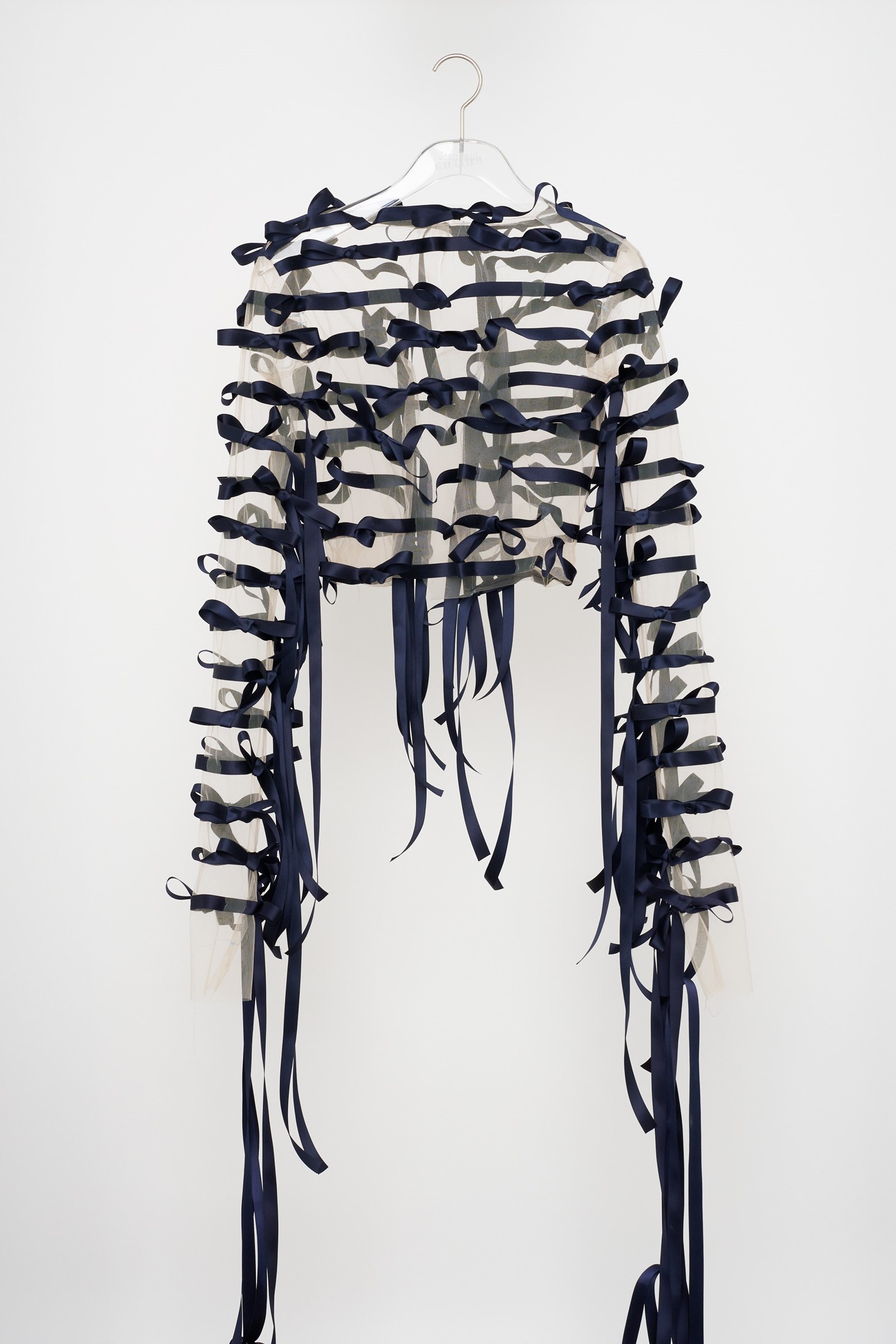
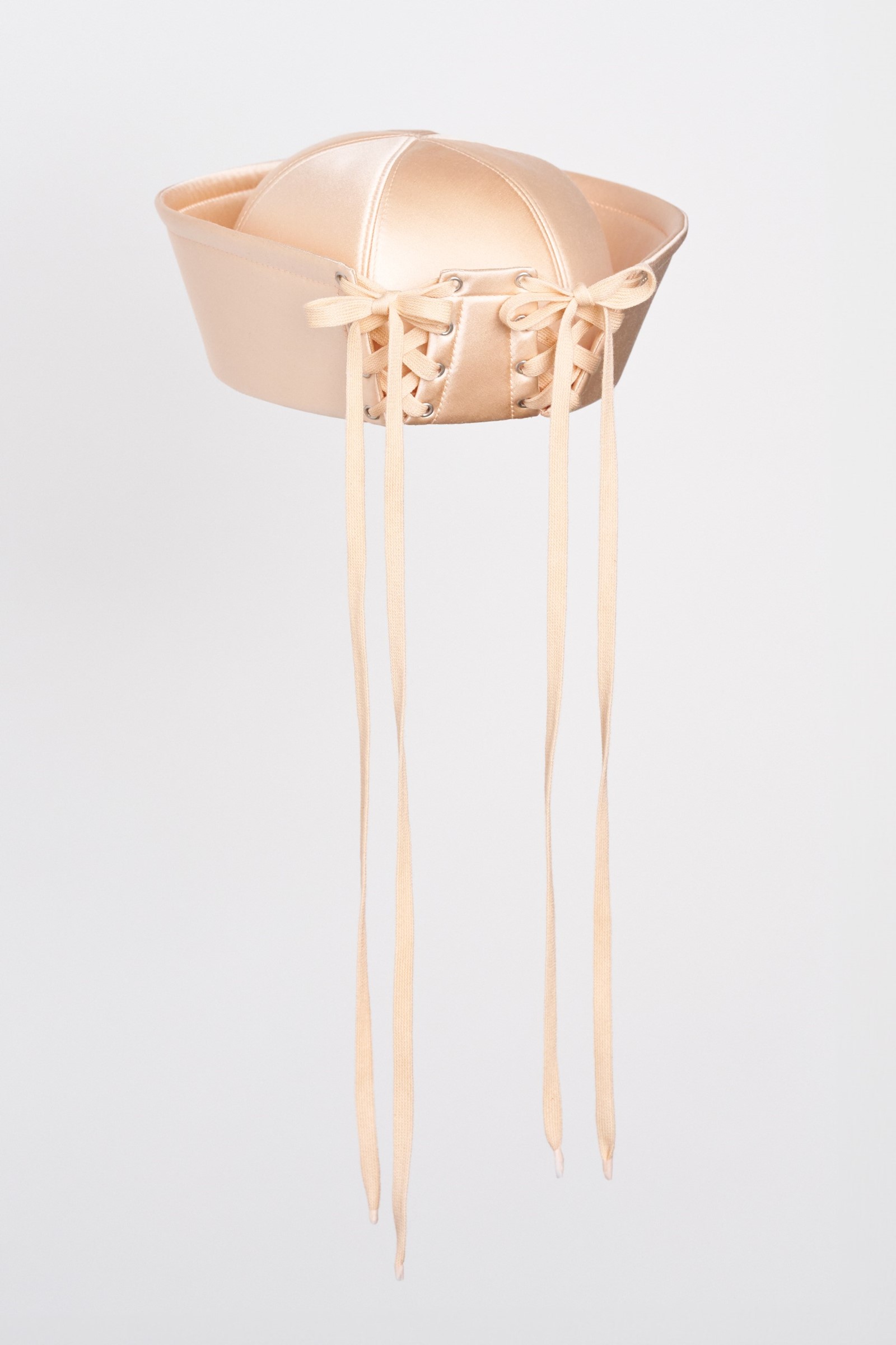
And that’s precisely what her Gaultier collection – still under wraps before its debut on Wednesday afternoon – looks like. There are odd, unanticipated connective tissues that tie the looks of Rocha to those of Gaultier: breast emphasis, femininity, a dusky palette of faded colours punctuated with black. There’s a hefty dose of Victoriana, its inherent primness subverted. And there’s lots of craft, which Rocha adores and which couture represents. “I really wanted to feel more artisanal than red carpet,” she says. “Because couture on a whole is this … it’s such an insane experience. Not as a working process, but on … its place in society, you know?”
I do – sadly, from a distance. I don’t order haute couture myself, but I often think about how couture is more than just incredible clothes for the 0.01 per cent. It is, in effect, a living, breathing connection to a past way of life, a connection with history richer than any museum. You can trace haute couture back to Louis XIV and the late 17th century, when he incorporated Parisian guilds as specialists to make clothes for the well-heeled. Incidentally, those guilds were almost exclusively run by women – like Rose Bertin, who became ‘Minister of Fashion’ to Marie Antoinette, the ill-fated wife of his equally ill-fated descendent, Louis XVI. It was only in the 19th century that haute couture came to be called such, and became primarily a game of men dressing women, under the direction of Charles Frederick Worth, an Englishman who called himself a ‘Dictator of Fashion’. But, of course, in the 20th century the pendulum swung back, and female couturière came to define the lasting looks of our times, with a focus on the body, on movement, on freedom.
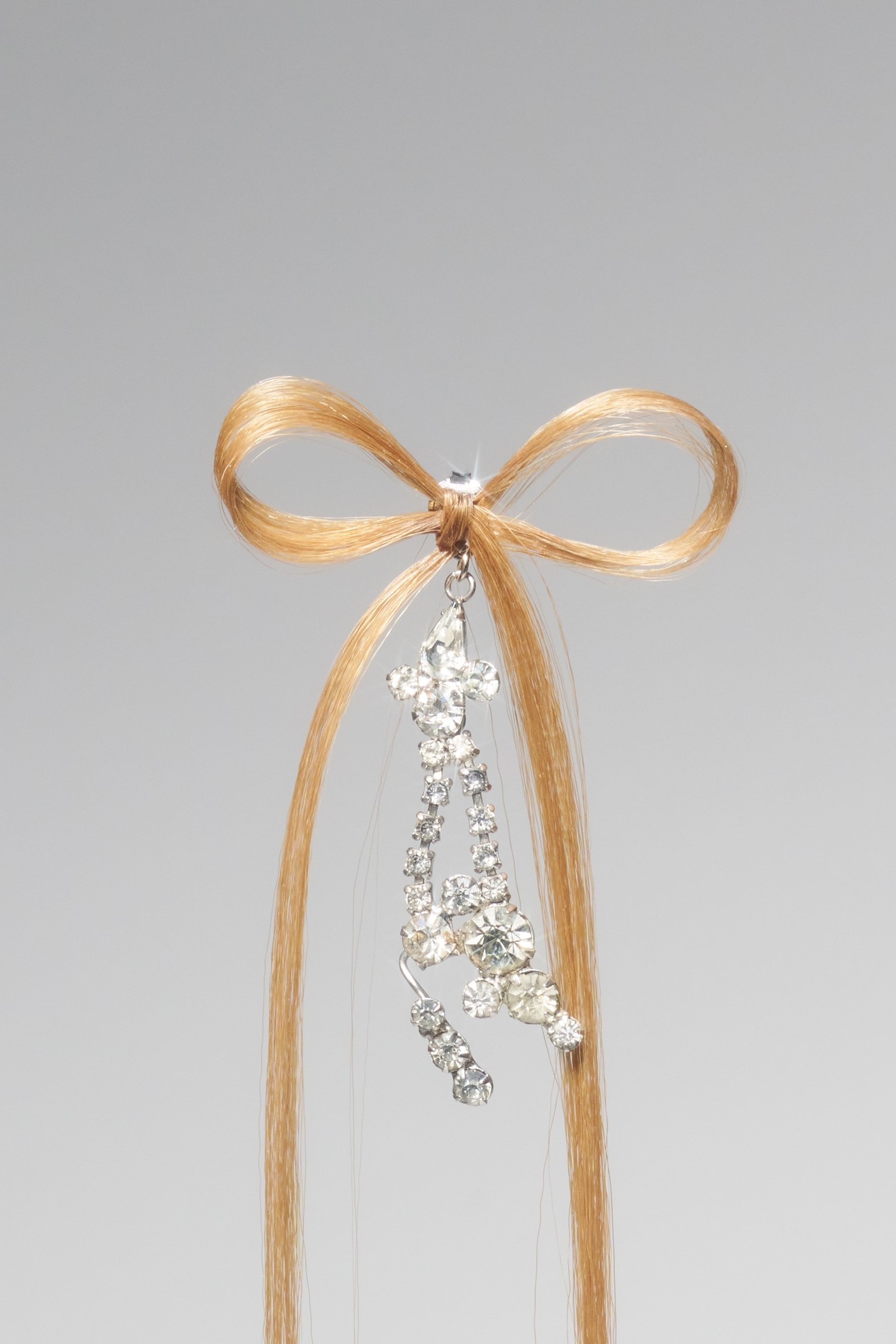
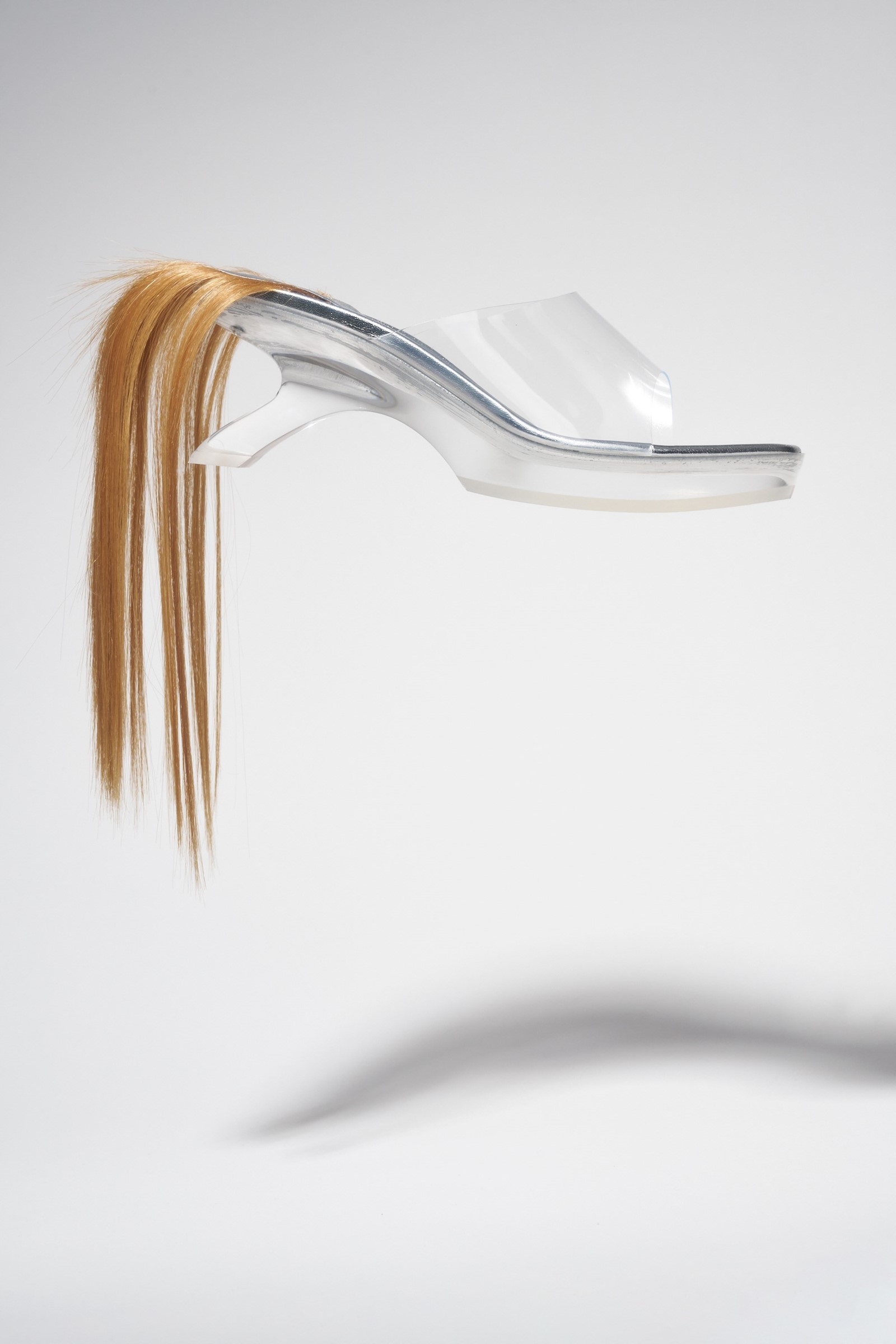
The same is true here. Rocha’s take on couture and on Gaultier is inherently feminine, womanly even. There are Gaultier corsets, of course – even the hats, the signature Gaultier sailor cap, have a snake of corset-lacing up one side – but there’s a softness, a delicacy. Flowers are everywhere – one model will clutch a rose cast in silver. And Rocha has given her own twist on Gaultier staples, like the striped marinière, here executed in navy satin ribbon on tulle (the bows it is knotted into are signature Rocha).
“It’s like one fabulous conversation,” is how Rocha describes her relationship to the house. “What does it sound like?” Currently, Rocha’s stylist Robbie Spencer is working to build ensembles on models, nailing the looks down for the formal ‘ordre de passage’, the running programme that describes every look in minute details. Shoes include styles inspired by ballet, and others in perspex with sharp heels angled like a French accent, occasionally brother with a hair tail (hair, recalling Victorian keepsakes, is used as decoration).
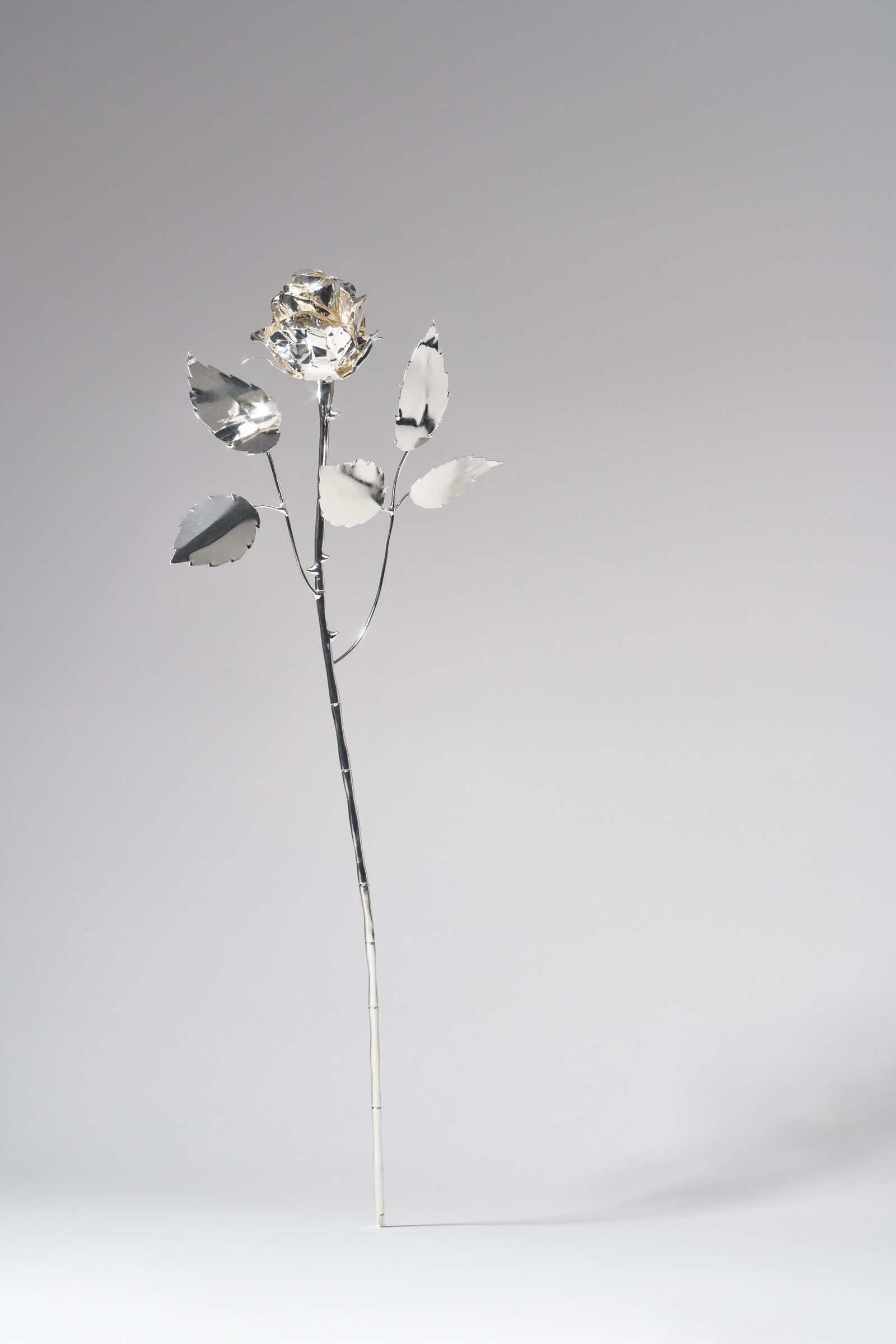
There is certainly that sense of a conversation, between Rocha today and Gaultier’s storied history. She had literal conversations with Gaultier too, of course. “Mr Gaultier keeps talking about the Simone spirit,” she says. “It is all about how the clothes are the language – they’re essentially your spoken word. So it’s back to this idea of identity. That’s what I’ve loved about the experience – what is the identity of the two of us and what does that do?”
Without giving the game away, Rocha’s dive into the Gaultier archive has been fruitful, but there is no direct reproduction nor pastiche, although Gaultier is echoed in shapes, in craft treatments and in fabrics. Throughout, the collection flows between different degrees of Rocha-ism and Gaultier-ness. “I wanted it to feel really light and modern and really set in today,” she says. “This is the only collection that I could show today. I couldn’t have showed it 20 years ago. I couldn’t show it in 20 years. I love that it feels really now.”
